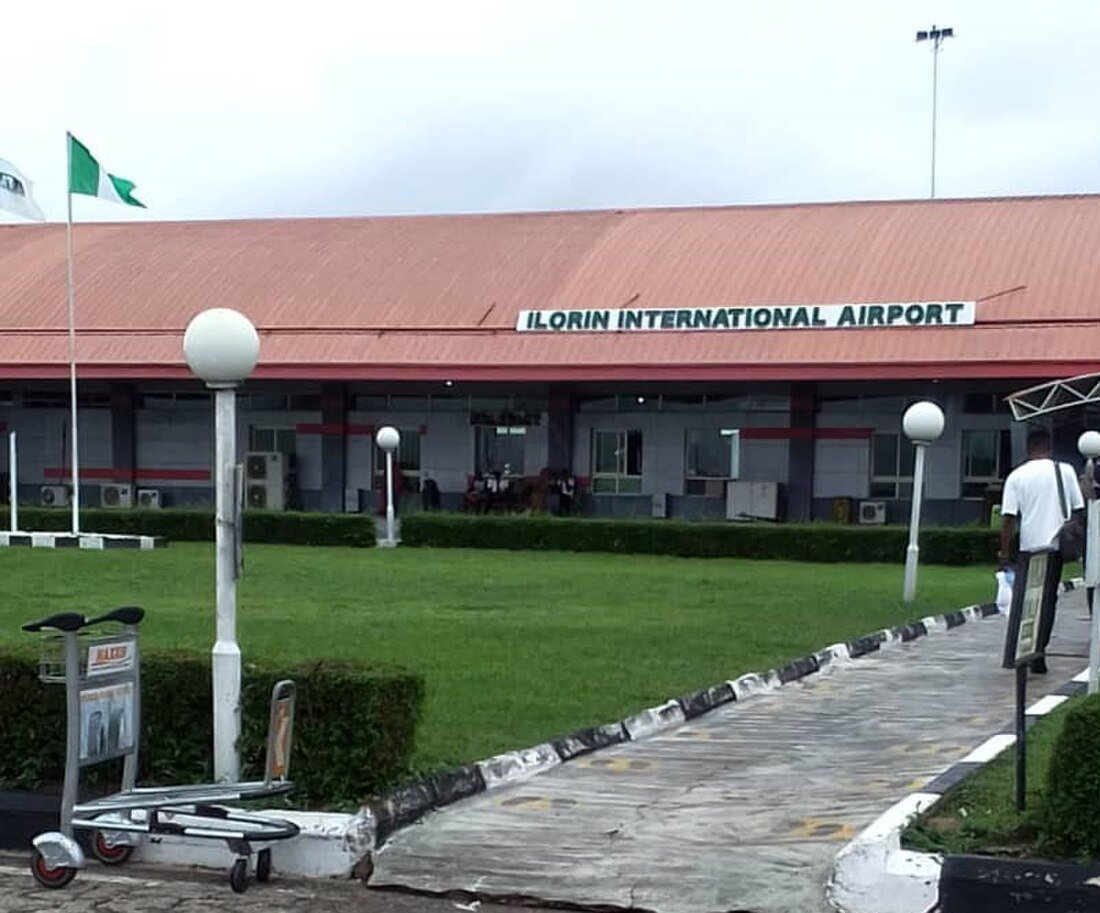BMC Cancer volume 25, Article number: 931 (2025) Cite this article
Postoperative intestinal anastomotic fistula (PIAF) remains a challenging complication with suboptimal outcomes under conventional therapies. This study evaluates the safety and efficacy of endoscopic purse-string suturing (EPS) in managing refractory PIAF and identifies prognostic predictors.
A retrospective analysis of 55 patients with refractory PIAF treated via EPS (2015–2024) was conducted. Technical success was defined as endoscopic fistula closure, while clinical success required radiologic/endoscopic healing confirmation. Logistic regression models identified risk factors for poor outcomes.
EPS achieved a technical success rate of 87.3% (52/55) and a clinical success rate of 63.6% (35/55). Subgroup analyses revealed no significant differences between in-house and external referrals (clinical: 61.1% vs. 64.9%, P = 0.786; technical: 88.9% vs. 81.1%, P = 0.463). Preoperative ostomy status correlated with higher clinical success (92.3% vs. 54.8%, P = 0.014), though technical success was comparable (92.3% vs. 85.7%, P = 0.533). Multivariate analysis identified delayed intervention (> 2 months post-diagnosis) (OR = 0.027, 95% CI: 0.002–0.410) and Pre-existing anastomotic stricture (OR = 0.43, 95% CI: 0.004–0.507) as independent risk factors for poor prognosis. Complications included anastomotic stricture (3.6%, managed endoscopically) and transient diarrhea (1 case). No mortality or recurrence occurred during 12-month follow-up.
This study establishes endoscopic purse-string closure as a safe and effective minimally invasive intervention for refractory post-implantation anastomotic fistulas, particularly when implemented during early disease progression. Therapeutic optimization through time-sensitive intervention and selective stoma creation demonstrates significant potential for enhancing clinical outcomes in complex fistula management.
Anastomotic leakage (AL) remains a frequent and severe complication following gastrointestinal surgery [1,2,3]. Conventional management strategies, including surgical re-intervention and conservative approaches, are fraught with limitations. Surgical repair, while definitive, imposes substantial physical trauma and procedural complexity, whereas conservative methods—such as prolonged drainage and antibiotic therapy—often yield suboptimal healing rates, prolonging patient morbidity and healthcare costs [4]. Consequently, there is an urgent need for minimally invasive, efficacious therapies that enhance fistula closure rates while reducing procedural risks.
Recent advancements in endoscopic technologies have revolutionized the management of AL, offering alternatives that bridge the gap between invasive surgery and passive conservative care [5,6,7]. Among these innovations, endoscopic purse-string suturing (EPS) has emerged as a promising modality. This technique utilizes a combination of nylon sutures and metallic clips under direct endoscopic visualization to achieve full-thickness closure of fistulous tracts [8]. Compared to traditional clip-based methods, EPS provides superior mechanical strength, mitigates risks of stent migration, and minimizes local tissue irritation. Its procedural simplicity, cost-effectiveness, and high patient acceptability further underscore its clinical potential. Herein, we evaluate the safety and efficacy of EPS in treating refractory postoperative intestinal anastomotic fistulas.
The study was conducted in accordance with the Declaration of Helsinki and its subsequent amendments. This study was approved by the Institutional Review Board of the Weifang People’s Hospital. Due to its retrospective nature, the requirement for informed consent was waived (KYLL20241220-1) by the Institutional Review Board of the Weifang People’s Hospital.
This study aims to investigate endoscopic treatment strategies and clinical outcomes for refractory intestinal anastomotic fistulas. We retrospectively analyzed clinical data from 55 eligible patients treated at the Gastrointestinal Surgery Medical Center of Shandong Second Medical University First Affiliated Hospital between January 2015 and April 2024, including referrals from external institutions. All patients developed intestinal anastomotic fistulas following colorectal surgery, meeting the following inclusion criteria: (1) Failed initial conservative therapy: Persistent fistula despite comprehensive management, including pharmacotherapy (e.g., anti-infectives), nutritional support, and abdominal catheter irrigation/drainage; (2) Radiological confirmation: Contrast extravasation demonstrated on abdominal drainage tube imaging; (3) Clinically significant manifestations: Postoperative abdominal pain, fever, peritonitis, or drainage containing digestive fluids/purulent/fecal material; (4) Elevated inflammatory markers: Increased leukocyte count, CRP, and PCT levels. Exclusion criteria comprised: (1) Severe bowel pathology (ischemia, necrosis, or perforation); (2) Irreparable coagulation disorders; (3) Cardiopulmonary insufficiency precluding procedural tolerance; (4) Septic shock with endoscopic contraindications; (5) Subgroup analyses with fewer than 5 cases.
Primary endpoints
Standard for the Healing of Intestinal Anastomotic Fistula: (1) No fistula opening observed during endoscopy. (2) No extravasation of contrast agent noted in gastrointestinal imaging
Secondary outcomes
All analyses were performed using SPSS 26.0. Normally distributed continuous variables were expressed as mean ± SD and analyzed with independent t-tests. Non-normally distributed variables were reported as median (IQR) with Mann-Whitney U tests. Categorical variables were presented as percentages (%) and compared using χ² tests. Univariate analysis employed log-rank testing, with variables demonstrating P < 0.05 subsequently entered into Cox proportional hazards models. Statistical significance was defined as P < 0.05.
Endoscopic purse-string closure was technically successful in 52/55 patients (87.3%), with clinical healing achieved in 35 cases (63.6%) during 1–12 month follow-up (Table 1).
Subgroup analyses revealed: Comparable clinical (61.1% vs. 64.9%, P > 0.05) and technical (88.9% vs. 81.1%, P > 0.05) success between in-house and external referrals.Superior clinical healing in stoma patients (92.3% vs. 54.8%, P = 0.014), though technical success remained equivalent (92.3% vs. 85.7%, P = 0.533) (Table 2).
Univariate analysis identified five significant risk factors (all P < 0.05): preoperative stoma presence, preoperative anastomotic stricture, fistula diameter > 1.0 cm, fistula diameter > 2.0 cm, and detection-to-treatment interval > 2 months. Multivariate analysis confirmed three independent predictors: preoperative stricture presence (OR = 0.43, P = 0.012), and delayed intervention (> 2 months; OR = 0.027, P = 0.009) (Table 3).
Secondary outcomes
This retrospective study analyzed clinical data from 55 patients with refractory post-implantation anastomotic fistulas (PIAF) treated with endoscopic purse-string suture (EPS) between 2015 and 2024. We evaluated the safety and efficacy of EPS while investigating prognostic factors influencing therapeutic outcomes.
Safety and Efficacy of EPS. As a minimally invasive intervention, EPS demonstrated significant advantages in PIAF management [8]. Our findings revealed a technical success rate of 87.3% and a clinical success rate of 63.6%, indicating EPS’s dual capability for effective fistula closure and healing promotion. Compared to conventional therapies, EPS offers superior patient safety through reduced operative trauma, faster recovery times, and fewer complications [9,10,11,12].
Notably, EPS-related complications proved manageable, with anastomotic stricture (3.6%) and transient diarrhea (1 case) representing the primary adverse events. All complications resolved without long-term sequelae, and no mortality or fistula recurrence occurred during the 12-month follow-up period, further corroborating the procedure’s safety profile.
Prognostic Factors. Subgroup and multivariate regression analyses identified critical determinants of EPS efficacy. Preoperative stoma status significantly influenced clinical success rates (92.3% with stoma vs. 54.8% without; P = 0.014), potentially attributable to stoma-mediated pressure reduction and decreased luminal content exposure at the fistula site. These findings suggest that selective stoma creation may enhance EPS effectiveness in refractory PIAF cases. Multivariate analysis further identified delayed intervention and preoperative anastomotic stricture as independent risk factors. Prolonged treatment latency may exacerbate perifistular fibrosis and uncontrolled infection, while preexisting strictures complicate endoscopic closure. Our data emphasize the importance of timely EPS implementation and comprehensive preoperative anastomotic assessment for optimizing therapeutic strategies [13–14].
While EPS demonstrates substantial therapeutic value, its applicability remains limited in cases involving oversized fistulas, anatomically challenging locations, or severe comorbidities [15–16].
Study Limitations. This investigation contains inherent limitations as a retrospective analysis, including potential selection and information biases. The limited sample size restricts generalizability and statistical power. Multicenter prospective trials with larger cohorts are warranted to validate these findings.
Our findings establish endoscopic purse-string closure as a safe and effective minimally invasive option for refractory PIAF, particularly when employed during early-stage disease progression. Therapeutic optimization through timely intervention and judicious stoma creation demonstrates significant potential for improving clinical outcomes in complex fistula management.
The datasets utilized and/or analyzed during the current study are available from the corresponding author upon reasonable request.
This work was completely supported by Weifang People’s Hospital.
There was no formal funding for this project.
This study was approved by the Institutional Review Board of the Weifang People’s Hospital. Due to its retrospective nature, the requirement for informed consent was waived (KYLL20241220-1) by the Institutional Review Board of the Weifang People’s Hospital.
Not applicable.
The authors declare that they have no competing interests.
Springer Nature remains neutral with regard to jurisdictional claims in published maps and institutional affiliations.
Open Access This article is licensed under a Creative Commons Attribution-NonCommercial-NoDerivatives 4.0 International License, which permits any non-commercial use, sharing, distribution and reproduction in any medium or format, as long as you give appropriate credit to the original author(s) and the source, provide a link to the Creative Commons licence, and indicate if you modified the licensed material. You do not have permission under this licence to share adapted material derived from this article or parts of it. The images or other third party material in this article are included in the article’s Creative Commons licence, unless indicated otherwise in a credit line to the material. If material is not included in the article’s Creative Commons licence and your intended use is not permitted by statutory regulation or exceeds the permitted use, you will need to obtain permission directly from the copyright holder. To view a copy of this licence, visit http://creativecommons.org/licenses/by-nc-nd/4.0/.
Zhu, G., Zhou, S., Gao, H. et al. Clinical application of “purse-string suture” under endoscope in the treatment of refractory postoperative intestinal anastomotic fistula. BMC Cancer 25, 931 (2025). https://doi.org/10.1186/s12885-025-14364-w
Received:
Accepted:
Published:
DOI: https://doi.org/10.1186/s12885-025-14364-w













